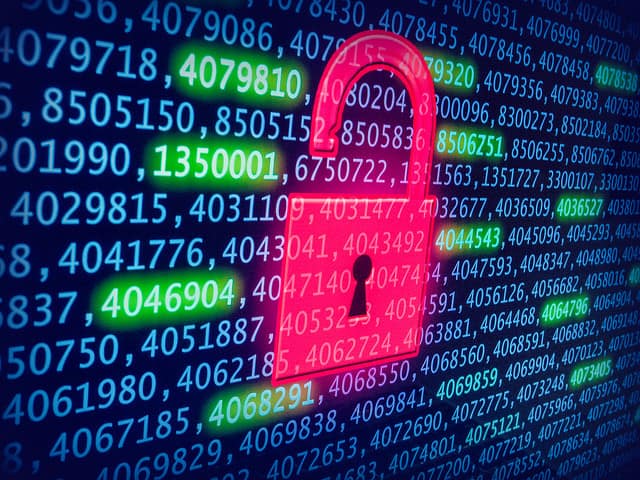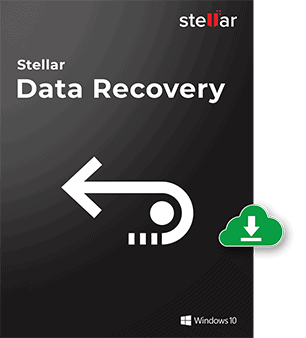Four Ways to Prepare for a Data Breach in 2022

Cybercrime has been a topic of much discussion over the last 10 years. As more and more facets of commerce that were previously ‘offline’ become integrated with the internet, the opportunities for cybercrime have increased tremendously.
A record 36 billion units of user-data were exposed to bad actors in the year 2020, the cost of these data breaches was over $2 trillion. As these attacks increase, so does the amount spent to defend against them. Global cybersecurity spending is expected to hit $133.7 Billion by the end of 2022. Falling victim to a data breach, of course, is far more costly than preparing for one.
Irrespective of the size of your organization, a data breach can be devastating.
The healthcare industry is a common target for cybercriminals. The average cost of a data breach in the healthcare industry is $7.13 million USD, with a lifecycle of 329 days. Cybersecurity for the healthcare market is expected to be an industry worth $125 Billion by 2025.
Given the immense cost of data breaches and their prevalence across all types of organizations, it is a wise investment to spend time preparing for these incidents. Here are four crucial steps to get ready for a potential compromise of your systems:
1. Considering Compliance to Regulatory Frameworks
The information in this section is worthwhile even if the jurisdiction or industry of your business does not mandate compliance to a specific regulatory framework.
HIPAA
The Health Insurance Portability and Accountability Act provides effective suggestions for protecting your organization’s sensitive data. It goes without saying that HIPAA compliance is absolutely essential for businesses in the healthcare industry, but the safest course of action would be adhering to HIPAA standards irrespective of industry.
PCI DSS
The Payment Card Industry Data Security Standard is another excellent benchmark for your organizations data security preparedness. Even if your business is not a credit card company or similar banking venture, almost all businesses have an obligation to securely store their clients banking information. Consumer credit card information is one of the top targets for cybercriminals, and it can seriously damage trust from your clients if your organization suffers a data breach.
GDPR
The General Data Protection Regulation, or GDPR, offer frameworks to assess data security measures within your organization. In an official capacity, it only applies to residents of the European Union (and businesses that transact with them), but it still sets forth prudent measures that should be taken if your data is to be adequately protected from bad actors.
A basic summary of consent as it is understood by the GDPR is described by veteran IT writer Mark Kaelin:
- Given freely rather than coerced;
- Related to a specific purpose rather than open-ended;
- Informed, as opposed to exploiting what the user may not know;
- Provided in an unambiguous rather than concealed manner;
- Given through a clear statement or act rather than assumed through use of the service;
- Separate from other actions rather than included within the general user agreement;
- Described and bound through an agreement that is simple to access and in clear language rather than difficult to find and in tiny-print legalese.
2. Maintaining an Effective Incident Response Plan
Maintaining a modern and effective incident response plan is essential for businesses of any size. Large corporations almost certainly have more data to entice cybercriminals, but small businesses can be a more attractive target due to the fact that many small businesses have weaker data protection measures in place.
Your businesses incident response plan should outline a set of procedures in the event of a data breach (or even a suspected data breach). This plan should include which individuals will have responsibilities if bad actors penetrate operational, financial, or user data. Your organization should run regular tests of different data breach scenarios to assure maximum preparedness.
3. Using Artificial Intelligence (AI) and Blockchain Technology to Combat Data Breaches
Artificial Intelligence (AI) often gets far more credit than it is due. Even the most sophisticated AI systems at companies like IBM and Google are nowhere near Artificial General Intelligence, or the ability to understand an intellectual task at a ‘human’ level. While AGI is still a long-ways off, machine learning can still be a valuable tool for keeping your organization’s data secure.
A machine learning data breach prevention mechanism would analyze trends in user data to identify potential risks. A system like this could monitor when users access your service, what they do, and the devices they use. When a user’s actions meet a risk threshold, their account could be flagged for review, or even automatically locked.
Like artificial intelligence, blockchain technology has also been a big buzzword in technology over the last several years. Unlike artificial intelligence, blockchain technology has limited applications for preventing data breaches for most organizations. That said, financial institutions that implement a distributed ledger for logging transactions could reduce the likelihood of fraudulent transactions and embezzlement.
4. Utilizing a Secure System for Email
Any business with an internet presence relies on email. Whether you are communicating with customers or employees, receiving and paying bills, or managing a presence on social networks, email is essential. According to the 2020 State of Phish Annual Report, 65% of organizations in the United States were victims of a phishing attack in 2020. As such, it is strongly recommended that your business adopt a secure email framework.
One technique for combating phishing attacks would be to create your own phishing email, and send it out to everyone in your organization. Any employees who fall for the phishing attempt should be required to take a course on how to better recognize phishing emails.
Another effective technique for securing your organizations email system would be installing software that scans emails for malware and viruses at the global level, and forwards ‘safe’ mail on to employees only after it has been deemed safe.
Data Recovery Software to recover
lost or deleted data on Windows
If you’ve lost or deleted any crucial files or folders from your PC, hard disk drive, or USB drive and need to recover it instantly, try our recommended data recovery tool.
Retrieve deleted or lost documents, videos, email files, photos, and more
Restore data from PCs, laptops, HDDs, SSDs, USB drives, etc.
Recover data lost due to deletion, formatting, or corruption

